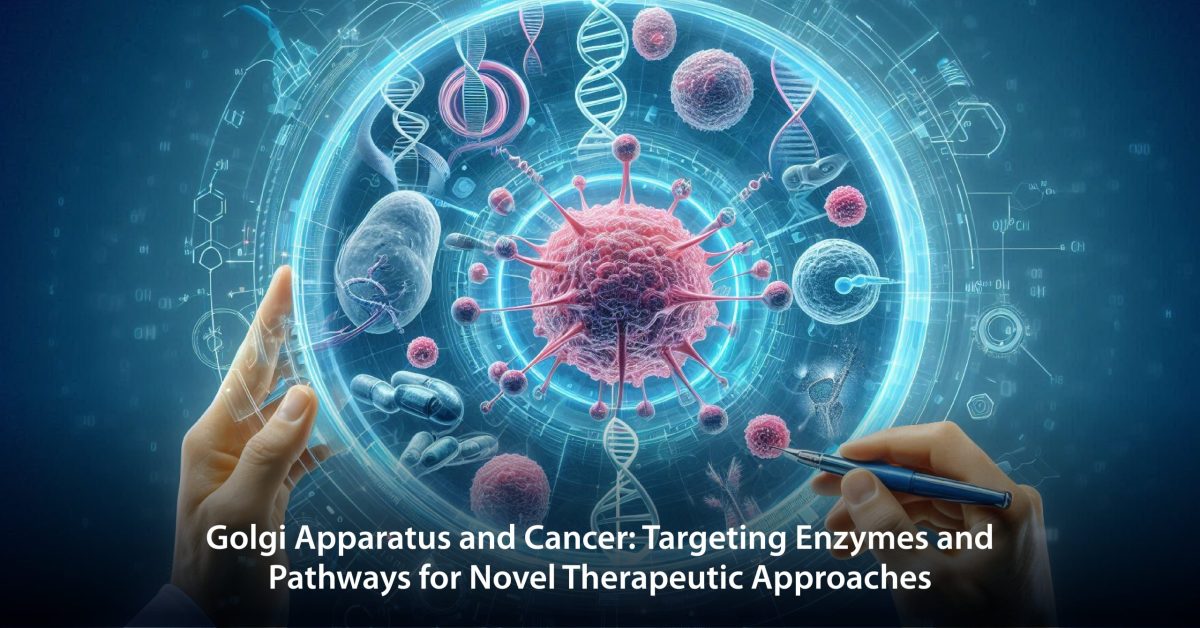Introduction
It is also known as the cell’s “post office” since is the primary organelle involved in the processing, packing, and transport of proteins and lipids within the cell. This organelle has a significant function in different cellular activities such as protein glycosylation, compartmentalization, and transport. In fact, in cancer biology, the Golgi apparatus has attracted a new focus to become a beneficial target for therapy. Abnormalities in Golgi apparatus integrity and localization correlate with tumorigenesis and are accompanied by changes in migratory, invasive, and metastatic capabilities. Recognizing the molecular processes that occur in cancer cells related to the Golgi apparatus creates new opportunities to explore new therapeutic approaches that may act upon specific Golgi-associated signals and enzymes. In this article, the author focuses on the current findings associated with the Golgi-targeting strategies in cancer treatment, which can signify new therapeutic avenues when managing the organelle.
The Role of the Golgi Apparatus in Cancer
Golgi apparatus has a critical role in managing several cellular processes, which are commonly altered by cancer cells as a way of sustaining their growth. The Golgi is also linked to post-translational modification, common of which is glycosylation, which influences protein folding, stability, and signaling. The changes in glycosylation patterns, where the pattern of sugar groups is not consistent with normal cells, are typical for many types of cancer and manifest themselves through increased tumor malignancy and the ability to invade healthy tissues and evade the immune response. Furthermore, the structural characteristics and localization of the Golgi play an essential role in regulating the proper functioning of the cell. In cancer cells, the Golgi apparatus undergoes remodeling, which manifests as fragmentation and promotes cell migration and metastasis. Based on these disruptions in Golgi structure and function, the Golgi apparatus is a potential therapeutic target since focusing on Golgi to maintain normal function may be adverse to cancer cells.
